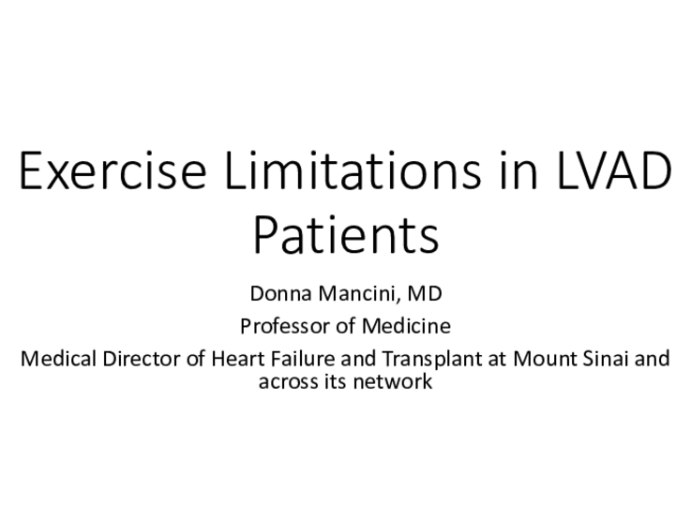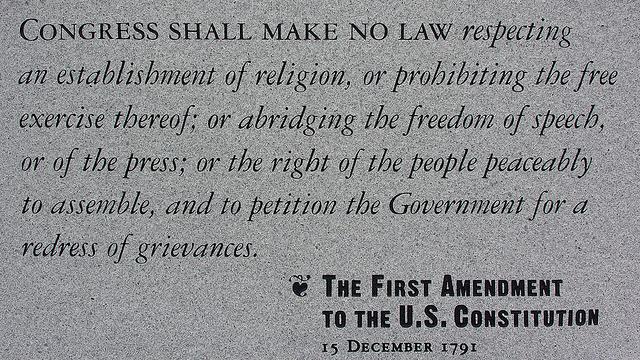What are the Limitations of Free Exercise : Unveiling the Boundaries
When it comes to the right to exercise one’s religion freely, there are certain limitations that individuals must be aware of. While this fundamental freedom is protected by the First Amendment of the United States Constitution, there are still boundaries that exist to ensure the safety and well-being of society as a whole. Let’s explore some of the key limitations of free exercise:
1. Public Safety
One important limitation on the free exercise of religion is the need to maintain public safety.
2. Criminal Activities
Engaging in criminal activities under the guise of religious practice is not protected by the free exercise clause.

Credit: www.tctmd.com
3. Harm to Others
Religious practices that cause harm to others are not shielded by the right to free exercise.
4. Health and Safety Regulations
Certain health and safety regulations may limit religious practices that pose a risk to individuals or the community.
5. Children’s Rights
The rights of children must also be considered, and religious practices that endanger the well-being of minors may be restricted.
6. Non-Discrimination Laws
Religious practices that discriminate against others based on factors such as race, gender, or sexual orientation are not protected.

Credit: www.psu.edu
7. Government Interests
The government has a legitimate interest in regulating certain religious practices that may conflict with important public policies.
8. Time, Place, and Manner Restrictions
Restrictions on the time, place, and manner of religious practices may be imposed to prevent disruptions or conflicts with the rights of others.
While the right to free exercise of religion is a cherished liberty, it is not an absolute right. Understanding the limitations that accompany this freedom is essential for maintaining a harmonious and inclusive society.